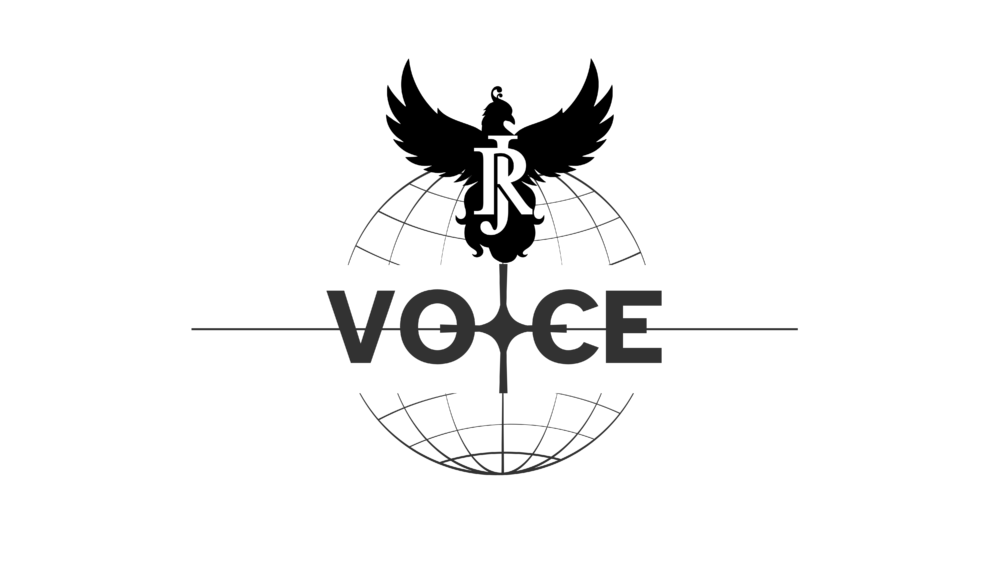As international trade becomes increasingly polarized due to protectionist policies and tariff hikes, particularly from the United States, Russia and China are finding common ground in boosting their economic partnership. Russian Deputy Foreign Minister Andrey Rudenko has indicated that the evolving global landscape is opening up new opportunities for stronger cooperation between Moscow and Beijing.
Rudenko, in a recent interview, expressed agreement with the view that U.S. President Donald Trump’s aggressive tariff strategy could inadvertently accelerate economic alignment between Russia and China. Russian Special Envoy Boris Titov previously noted that such measures from Washington are likely to drive Moscow and Beijing even closer — a sentiment Rudenko echoed.
“I agree with this assessment,” Rudenko said. “Our collaboration spans multiple sectors, making it difficult to isolate just one as the cornerstone of our relationship. That said, I am confident that our economic ties will continue to thrive, and we are well on our way to setting new records in bilateral trade.”
This growing partnership was further underscored during a virtual meeting earlier this year between Russian President Vladimir Putin and Chinese President Xi Jinping. During the call, Putin revealed that trade between the two countries had surged by around 7% year-on-year, reaching an estimated $220 to $245 billion over the first 11 months of 2024. He emphasized that China remains Russia’s top trading partner, while Russia has secured its position as China’s fifth-largest trading partner globally.
Data from China’s General Administration of Customs supports this upward trajectory. Total trade between the two nations reached a historic peak of $244.81 billion in 2024. Russian exports to China remained steady at approximately $129.32 billion, while Chinese exports to Russia climbed by 4.1%, totaling $115.49 billion.
The trade boom comes at a time when both countries are navigating increasingly tense relations with the West. Western sanctions on Russia — intensified after its 2022 military campaign in Ukraine — and growing skepticism toward China’s global trade practices have driven both governments to explore deeper bilateral frameworks. This includes partnerships in energy, infrastructure, high-tech industries, agriculture, and finance.
Russia has been pivoting eastward for over a decade, seeking to diversify its trade relationships beyond Europe and the U.S. amid geopolitical tensions. The pivot has gained momentum in recent years, with China playing a central role in Russia’s economic strategy. Major joint projects — such as the Power of Siberia natural gas pipeline, yuan-ruble settlements, and cross-border e-commerce platforms — have gained ground, reflecting a new era in Eurasian cooperation.
From Beijing’s perspective, Russia represents not just a vital energy supplier but also a key player in reshaping global institutions. Both countries are vocal critics of the Western-dominated financial and political order, advocating for a multipolar world and closer coordination through platforms like BRICS and the Shanghai Cooperation Organization.
In the broader context of global trade dynamics, this strengthening partnership also reflects a shift in supply chain and currency strategies. Faced with threats of sanctions and exclusion from Western payment systems, Russia and China have stepped up efforts to conduct trade in local currencies, reducing reliance on the U.S. dollar.
Analysts say that while economic interests drive much of the Russia-China partnership, the growing alignment is also a strategic response to shared diplomatic challenges. With the U.S. expanding sanctions regimes and trade barriers, particularly targeting tech and energy sectors, both Moscow and Beijing are finding new ways to work around Western economic pressure.
As global trade tensions continue to mount, especially in light of upcoming U.S. elections and evolving alliances in the Indo-Pacific and Europe, the Russia-China economic axis may prove to be one of the most consequential bilateral relationships shaping the next decade.































































